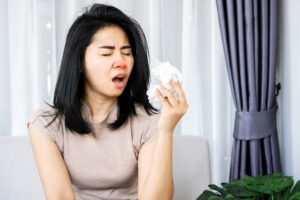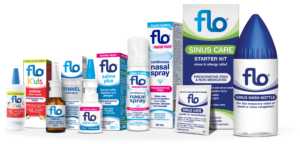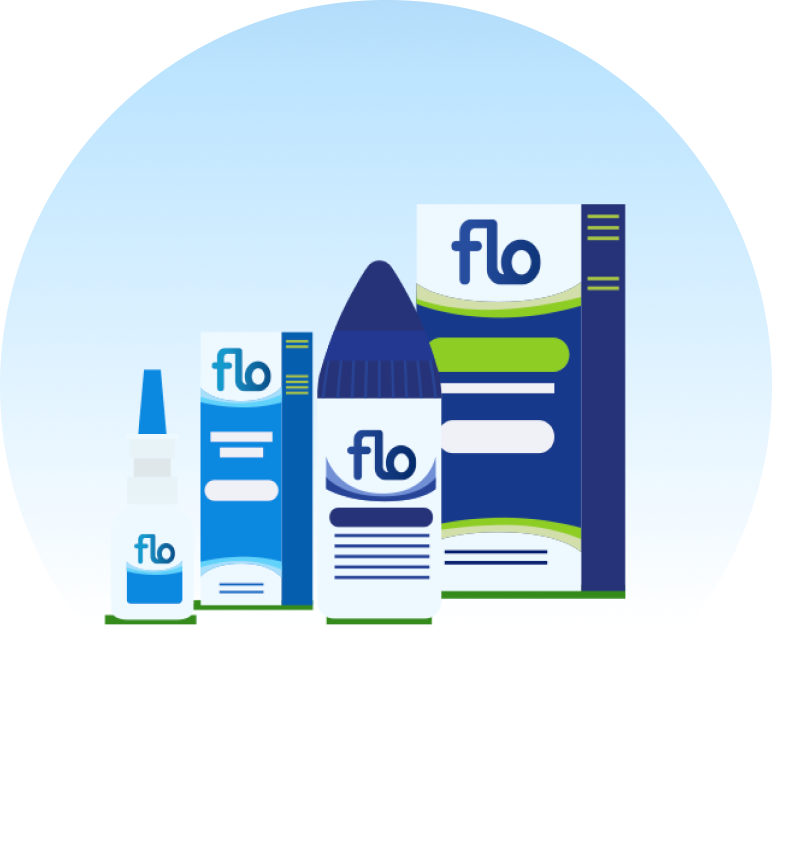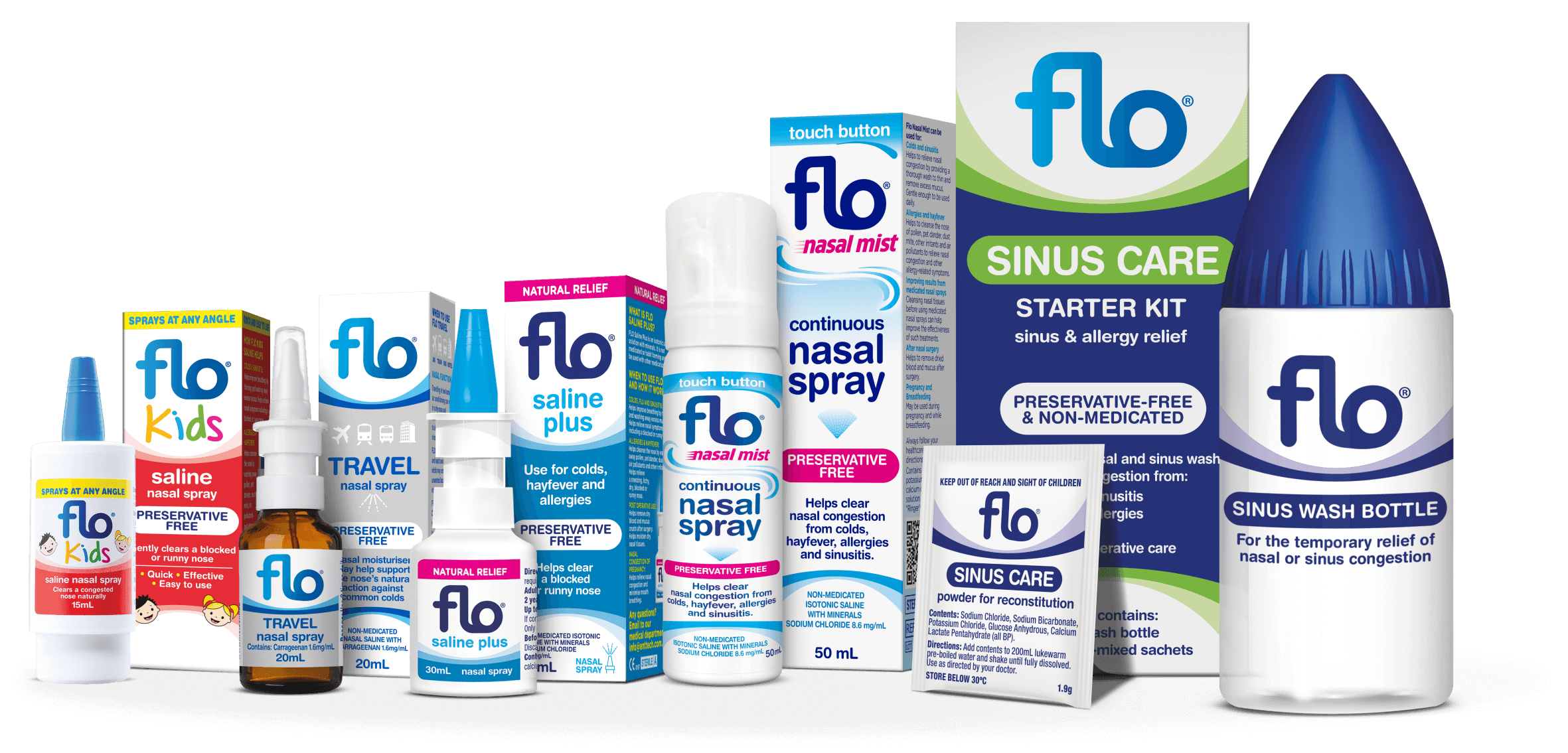What the Fluff: Exploring the Impact of Pet Hair on Allergies
- Pet Allergy

Our fur babies delight us … most of the time.
For some of us, unfortunately, our joy comes with a side of sniffles and sneezes. If you have congestion, sinus pressure, or itchy eyes after cuddling your furry friend, you might be dealing with a pet hair allergy.
Fortunately, you don’t have to let a pet hair allergy take away from the joy of having a furry companion. There are ways to reduce the impact of pet-related allergens in your home.
What is a pet hair allergy?

Pet allergies can be triggered by proteins found in pet hair. These proteins (allergens) are also in your pet’s dander (dead skin flakes), saliva, and urine.
Allergens become airborne when your animal sheds fur or dead skin cells. The microscopic compounds can irritate your sinuses, leading to a cascade of unpleasant symptoms.
Here’s how pet allergens wreak havoc on your sinuses:
• Inflammation: When allergens enter your nasal passages, your immune system overreacts. This causes inflammation and swelling that makes you feel stuffed.
• Mucus production: The inflamed tissues in your sinuses go into overdrive, producing excess This can cause a runny nose, postnasal drip, and even trouble sleeping.
• Irritation: Allergens can also irritate the delicate tissues in your nose and That’s why you may get symptoms like sneezing, watery eyes, and itching.
What are the symptoms of a pet hair allergy?

Pet allergies share some symptoms with other conditions. Knowing the specific signs can help you manage them better. Here’s what to watch out for:
• Runny or stuffy nose: This is a hallmark symptom, often accompanied by postnasal drip, which can cause a sore throat and a cough.
• Sneezing: Frequent and intense sneezing is another common sign of an allergic
• Itchy, watery eyes: Red, irritated, and itchy eyes are tell-tale signs of allergies and can be quite uncomfortable.
• Facial pressure and congestion: Feeling like your sinuses are full and puffy is a classic symptom of allergy-induced inflammation.
• Skin rash or hives: Pet allergies can sometimes cause itchy skin rashes or hives.
It’s important to note that these symptoms can also occur with other conditions like seasonal allergies or sinusitis. If you’re unsure about the cause of your symptoms, ask your doctor for diagnosis and treatment.
Living with a pet dander allergy

The surest way to prevent pet allergies is to not have pets. But many of us can’t imagine living without our furry friend.
With some practical strategies, you may be able to minimise allergen exposure and manage your symptoms.
Reduce pet allergens
• HEPA filters: Invest in high-efficiency particulate air (HEPA) filters for your air purifier and vacuum cleaner. These capture tiny particles like pet dander, and could reduce airborne allergens.
• Vacuuming daily: Regularly vacuum carpets, furniture and upholstery. Use a HEPA filter vacuum to remove settled Don’t forget to vacuum under furniture and along baseboards where pet dander tends to accumulate.
• Wash bedding and toys: Wash your pet’s bedding, blankets, and toys frequently in hot water (at least 55°C) to remove allergens that cling to fabrics.
Establish pet-free zones
• An outdoor pet: If you can, keep your pet This will help lower the level of allergens inside the house.
• Create no-go zones: If you can’t keep your pet outside, assign pet-free zones inside. These pet-free places should be where you spend the most time, like your bedroom or living room.
• Keep bedroom doors closed: Shutting your bedroom door at night may reduce pet dander exposure while you sleep.
Keep on top of grooming
• Brushing is key (but let someone else do it): Regular brushing helps remove loose fur and dander before it sheds and floats around your home. Aim to brush your pet daily. If you can, ask an allergy-free person to do it for you.
• Bathing your pet may help: Ask your vet about how often to wash your pet to help reduce allergens on your pet’s fur and Again, it’s better to outsource this task to someone without allergies.
Use allergy treatment products and medications
• Over-the-counter relief: Antihistamines and decongestants can help alleviate allergy symptoms like sneezing, runny nose and congestion. For fast-acting allergy relief, try FLO Rapid Relief Decongestant Nasal Spray or EZE – ALLERGY Nasal Spray.
• Talk to your doctor about treatment options: In some cases, your doctor might recommend prescription medication or refer you to an allergy specialist for further testing.
• Use saline sprays or sinus washes to help remove irritants: FLO offers a range of nasal saline sprays (like FLO Nasal Mist or FLO Saline Plus Nasal Spray) and washes (like FLO Sinus Care). These help to clear your sinuses and provide temporary relief from allergy symptoms. Regular washing of the nose and sinuses will help wash away animal fur, dust, pollen and other irritants. It may help reduce the severity of allergy symptoms.
Check out the entire range of FLO products






